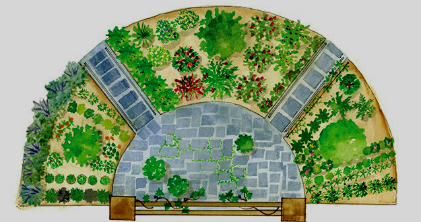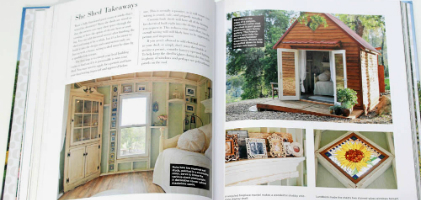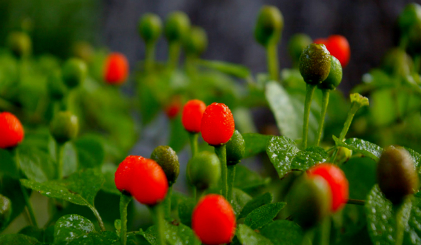As you think about ideas for your garden this year, one plant that
I urge you to consider is the chili pequin – one of my favorites of
the Texas perennials.
This is a plant of many names. Chilitepin is another name, and
sometimes it’s called turkey pepper and even bird pepper. (Migra-
tory birds helped to spread it from South America up to Mexico
and Texas.)
Whatever you call it, this native pepper makes a great addition to
any landscape. The fruit starts out green, and ripens to a brilliant
red.
It also makes a great addition to any cook or chef’s culinary reper-
toire. To give a dish an extra special zing, add this notoriously hot
pepper to chili, soups, beans, and fresh salsas. (See below for a
recipe.)
As an ornamental, chili pequins can be grown in sun or shade. The
more sun they get, the more water they will need. Their leaves are
a medium green, their flowers white. Seed pods are green at first
and ripen to a orange-red to scarlet.
These chili plants will provide flower color and fruit color through-
out the spring, summer, and fall growing season. I found a cluster
of them once in the Flatonia area that were six feet tall. The seeds
from this plant are populating the flower beds all over the nursery.
Pequins also are a perennial, returning after the winter. Seed ger-
minates readily and your pequin crop will scatter everywhere. This
might be good… as they can sell for up to $50 a pound.
On the culinary side, chili pequins are a spicy pepper with intense
but transitory heat. People still use the Scoville scale to measure
the ‘heat’ of spices. This scale places these mighty pequins at
between 30,000 to 50,000 units . . . similar to cayenne peppers.
In Mexico, the fiery intensity of the pequin is called arrebatado
which means rapid or violent. The heat is great but it diminishes
quickly. The following is a suggested chili pequin salsa recipe
from New Mexico:
6 chili pequins
2-16oz. cans crushed tomatoes
1 white or yellow onion
¼ cup vinegar
¼ teaspoon of sugar
Toast the chili pequins in the oven for 30 seconds. Cool the pep-
pers and coarsely crush. Dice the onions. In a large bowl, add the
crushed peppers to the onions, tomatoes, vinegar, salt and sugar
and mix thoroughly. Let stand in the fridge for a day or two.
Happy gardening… and cooking everyone! ❦
(We have 2 gal. plants for $15.)







